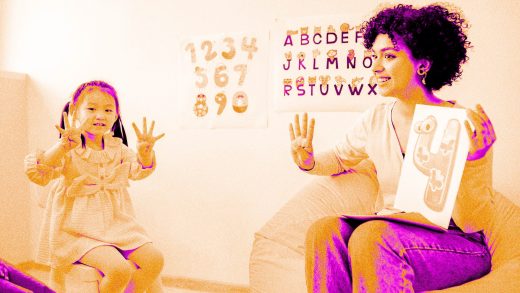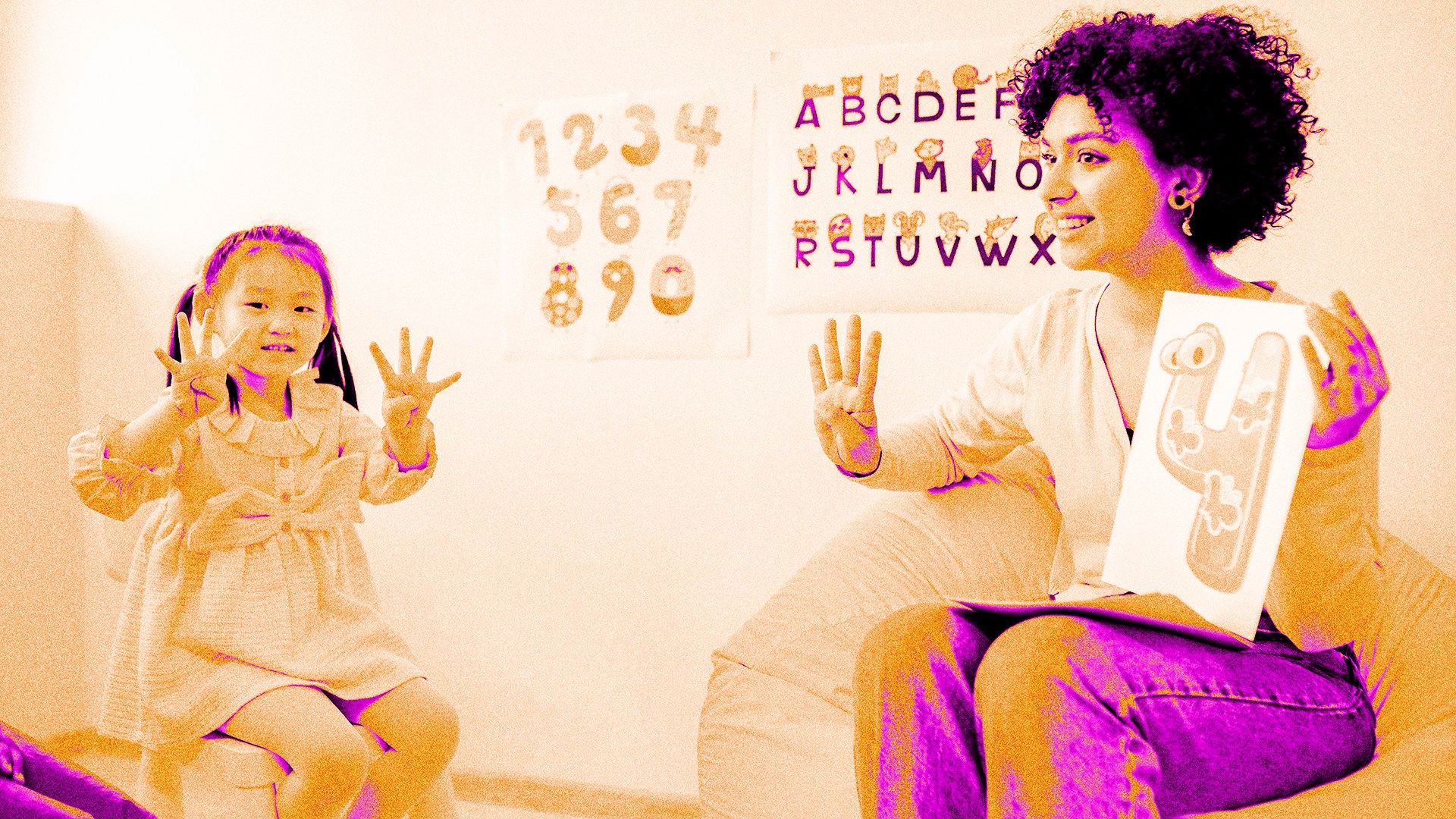What is a microschool? Inside the tiny class trend that’s taking off in Florida and beyond
What is a microschool? Inside the tiny class trend that’s taking off in Florida and beyond
Private schools with class sizes of just three or four students are sprouting up across the country—including in Florida, where curriculum has been under attack. Here’s what to know.
BY Sarah Bregel
A new education model for K through 12 schools is emerging across the United States. In at least 36 states, microschools—schools with a student body of around 14 or so children and class sizes of sometimes even just three or four—have started to sprout.
For many kids, a smaller environment has the potential to be massively impactful. For one, it affects teachers’ ability to really get to know each child—their learning style, their personality, where they are struggling, and what they excel at. And that’s part of the reason why these tiny, more intimate schools—or pods, even—are taking off from D.C. to California.
Now, at least 1.5 million kids are being educated not in traditional school buildings, but in churches, libraries, community centers, or even backyards. And the trend has grown especially since the pandemic.
The small-group schooling approach seems to be a valid option for parents who are worried that their kids aren’t getting a quality education, are falling between the cracks, or are veering off course in public schools. Of course, it’s harder to fall through the cracks in a classroom of only three other kids. And teachers of such tiny classes can also provide more individualized instruction, and certainly less busywork that may leave kids distracted, disengaged, or bored.
That’s as a growing number of kids are being diagnosed with learning differences. Rates of autism and ADHD are rising dramatically. As of 2022, 1 in 9 children have been diagnosed with ADHD. But public schools often aren’t able to adjust to a variety of different learning styles, attention spans, or an array of children’s needs. And parents are no longer waiting for them to adapt. Instead, they’re taking their kids out in favor of smaller, more individualized instruction that they hope will serve them more thoroughly.
However, critics of microschools say that there isn’t enough oversight. And it’s true that most microschools aren’t accredited. According to a 2024 survey by the National Microschooling Center, only 16% of microschools were accredited in their state.
But that doesn’t necessarily mean that kids aren’t learning. In fact, many turn to the model because there is less oversight. Parents can find microschools that are nature-based, Montessori-style, religious-based, or that have a particular focus that they feel may best serve their child.
A real issue, however, is who funds these microschools.
In Florida, for example, Governor Ron DeSantis has leaned into the trend as part of an overhaul of education, and there are at least 250 microschools in the GOP-led state. DeSantis has worked hard to expand the state’s private school voucher plan, allowing students to receive scholarships toward private schools.
But pouring money into private education, whether that’s a microschool or a traditional private institution, has a hefty cost. As a result of DeSantis essentially defunding public schools, Florida has been absolutely hemorrhaging teachers.
Not only is DeSantis stripping money from public education, he’s also been dismantling the curriculum. As he’s barred instruction about issues like sexual orientation and gender identity with his controversial Don’t Say Gay legislation, and attempted to strip Black history from history classes, it makes sense that Florida is losing teachers who are concerned about everything they’re no longer allowed to teach. And while tiny private microschools are becoming more widespread, that might not be the right choice for every kid. So where does that leave public school children?
Many states have scholarship programs to help families pay for private school, but more typically, it’s up to families to foot the bill. And while many microschools aim to keep their costs low (under $5,000/year), the tuition for others goes up to $25,000.
But despite the cost, more and more parents are turning to the model for its flexible schedules, individualized instruction, and, seemingly, less-stressed kids. While the classes themselves are expected to stay small, the movement is becoming anything but micro.
ABOUT THE AUTHOR
(16)



